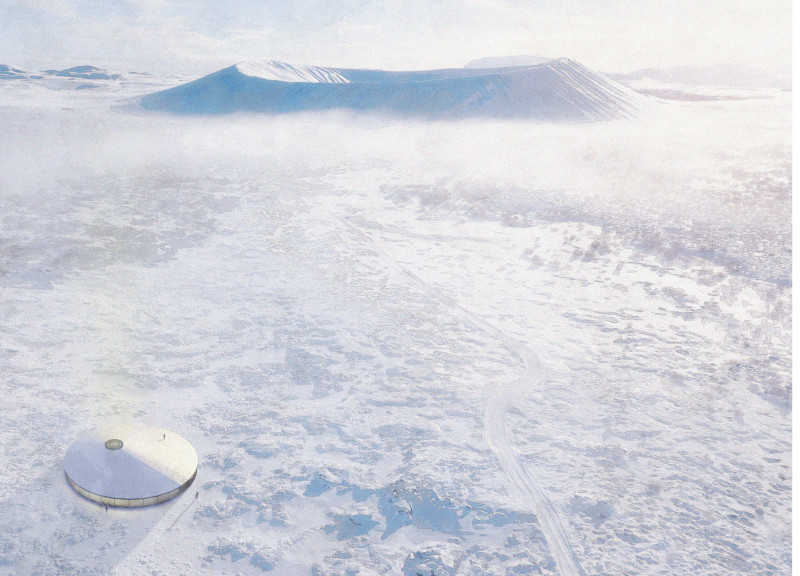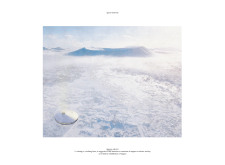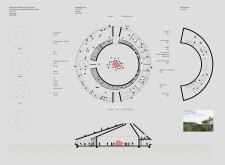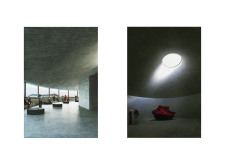5 key facts about this project
The Igneous Museum is an architectural response to Iceland's volcanic landscape, designed to blend with its surroundings while fulfilling its function as a cultural and educational space. It is situated in a region known for its striking geological features. The museum aims to engage visitors through its thoughtful design and layout.
Design Concept
The design of the Igneous Museum is inspired by volcanic forms, giving it a shape that resembles a volcano. This appearance captures a sense of power and resilience while informing the overall structure. At the heart of the museum is the main exhibition area, which is surrounded by various layers, including a café, a reception space, offices, and technical support areas. This organization allows for a smooth experience as visitors navigate the museum.
Use of Light
Natural light is a significant element in the museum’s design. It is used carefully to ensure even distribution throughout the interior spaces. This approach not only enhances the atmosphere but also creates a more comfortable environment. The relationship between light and shadow reflects the natural processes of a volcanic eruption, where warmth and brightness spread outward, inviting visitors into the space.
Connection to Landscape
The building features large glass panels that connect the interior with the outside landscape. This design choice allows the natural beauty of the surroundings to flow into the museum. By incorporating the landscape into the building, visitors can feel a link to the environment. This connection encourages exploration and appreciation of the geological features nearby.
Vantage Point
A notable feature of the Igneous Museum is its slanted peak, which offers a viewpoint overlooking the surrounding area. This adds a unique experience for visitors, allowing them to enjoy views of prominent natural sites such as Myvatn Lake and the Nature Baths. The slanted design serves both an aesthetic and practical purpose, enhancing the building’s relationship with the landscape.
The thoughtful integration of layered spaces, natural light, and views of the landscape creates a museum experience that respects and celebrates Iceland’s geological history.





















































